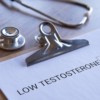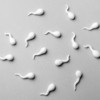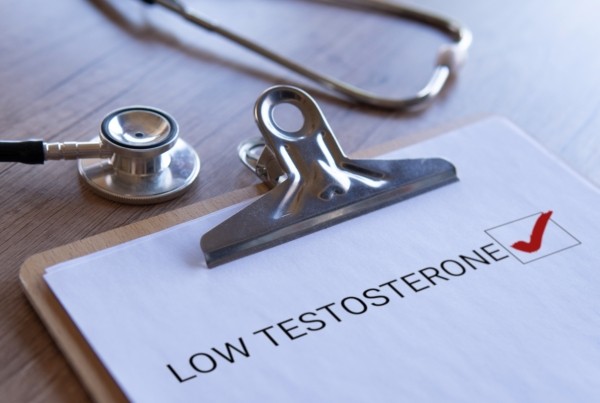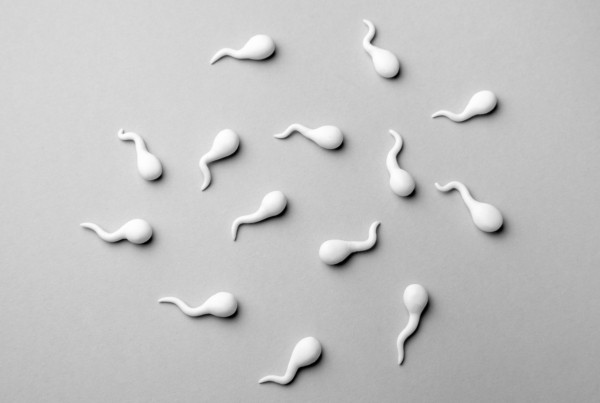Trying to get pregnant should be fun and easy. For some this is not the case as 12-14% of couples globally struggle with fertility. Read some interesting insights about conception from Dr. S S Vasan, India’s leading Uro-Andrologist.
What needs to be in place for ‘normal’ conception?
Biological: You both must be fertile and in sync
- The man has to have quality sperm – both number (count) and moving (motility).
- The couple must have timed intercourse: Daily or every-other-day from the 12th to the 18th day in the woman’s regular 28-30 day cycle.
- The woman has to develop and expel an egg (ovum) from one of her ovaries.
- The ovum (egg) has to travel through her fallopian tube and go into the oviduct.
- Millions of sperm must successfully swim by wriggling and twisting through the secretions of the cervix into the uterus.
- Hundreds of sperm have to survive the trip through the uterine cavity.
- Tens of sperm have to get into the oviduct opening and swim against the current in the oviduct.
- A single sperm has to get through the ovum’s ‘shell’ and the head of the sperm has to fuse with the nucleus in the ovum.
- The newly fertilized cell has to form properly, dividing repeatedly in the five days it needs to reach the uterine cavity.
- The egg has to implant itself in the uterine lining and grow.
What can negatively impact conception?
Lifestyle: A number of lifestyle habits can negatively impact fertility, health and conception
- Smoking: Cigarette smoking may affect a man’s sperm quality. Both the nicotine in cigarettes and the fact that smoking lowers zinc levels affects sperm. For pregnant women, smoking has been shown to increase the risk of miscarriage, premature birth and low-birth-weight babies.
- Alcohol: Alcohol intake can impact sperm quality in men and in women can contribute to an increased risk of birth defects.
- Caffeine: Caffeine consumption may impact a woman’s fertility and increase the risk of miscarriage. However, there is no clear understanding of what amount affects fertility.
- Diet and Exercise: Proper diet and exercise are important for optimal reproductive functioning. Women who are significantly overweight or underweight may have difficulty conceiving.
- Lubricants: A number of products used for lubrication during intercourse, such as petroleum jelly or vaginal creams, have been shown to affect sperm quality and therefore it not recommended to use these if you are trying to conceive.
Environmental Factors: Environmental and occupational exposure to chemicals or toxins may impact the ability to conceive.
- Ethylene Oxide: Exposure to ethylene oxide, a chemical used to sterilize surgical instruments and in the manufacturing of certain pesticides, may cause birth defects in early pregnancy. It also has the potential to cause early miscarriage.
- Medical Treatment: Repeated exposure to sources of radiation, such as x-rays and cancer treatments (e.g., chemotherapy), has been shown to affect sperm production and contribute to ovarian problems.
- Lead: Exposure to lead has been shown to impact fertility in humans. Individuals working with paints/varnishes and auto manufacturing may be at risk
- Other hazardous materials: Used in agriculture, pest control, manufacturing and routine exposure to high levels of heat at work can be harmful to sperm production.
Biological Factors: Fertility is impacted by the following male and female conditions:
- Blocked Fallopian Tubes: Blocked or damaged fallopian tubes may interfere with the egg and sperm uniting or with proper embryo development and implantation in the uterus, causing an inability to conceive.
- Endometriosis: This is a disease in which tissue from the uterus implants on the ovaries and other pelvic organs and may cause infertility.
- Abnormal Ovulation: About 40% of infertile women suffer from ovulatory problems. Abnormal ovulation (irregular or absent menstrual periods) can result from hormonal imbalance.
- Age: An important factor affecting both male and female fertility. Statistics show that women are impacted by age earlier than men, but fertility decreases with age in both men and women.
- Male infertility: Problems may be related to poor sperm quality expressed by inadequate sperm count or abnormalities relating to movement or shape of the sperm. About 30% to 50% of male infertility relates to the presence of a varicocele, or varicose veins within the scrotum, which affect sperm quality and quantity.
Is infertility a life style disease? Study shows how to improve ovulatory disorders:
Researchers in the Nurses’ Health Study II based at the Brigham and Woman’s Hospital followed a group of 17,544 married women’s dietary and lifestyle factors as a predictor for ovulatory disorder infertility. The study found that women who followed a combination of five or more lifestyle and dietary factors experienced >80% less risk of infertility due to ovulatory disorders when compared to women who engaged in none of these factors.
The researchers used a scoring system based on dietary and lifestyle factors that previous studies found useful to predict ovulatory disorder infertility:
- The ratio of mono-unsaturated to trans fats in diet
- Protein consumption (derived from animals or vegetables)
- Carbohydrate consumption (including fiber intake and dietary glycemic index)
- Dairy consumption (low and high fat)
- Iron consumption
- Multivitamin use
- Body mass index (BMI, weight in kilograms divided by the square of height in meters)
- Physical activity
The researchers assigned a “fertility diet” score of one to five points (the higher the score, the lower the risk of infertility associated with ovulatory disorders) and found that women with the highest fertility diet scores:
- Ate less trans-fat and sugar from carbohydrates
- Consumed more protein from vegetables than from animals
- Ate more fiber and iron and took more multivitamins
- Had a lower BMI
- Exercised for longer periods of time each day
- (Surprisingly) consumed more high-fat dairy products and less low-fat dairy products.
The researchers also analyzed the impact of following one, two, three, four, or more different factors and found that the more recommended factors followed, the greater the drop in infertility risk due to ovulatory disorders. In fact, a six fold difference in ovulatory infertility risk was found between women following five or more low-risk dietary and lifestyle habits and those following none.
Similar dietary advise is to be followed in men to improve their fertility chances and to improve their sperm defects.
Dr. S S Vasan, a leading Uro-Andrologist in India, is the Chairman of Manipal Fertility, President-Elect of the South Asian Society for Sexual Medicine (SASSM) and has recently been appointed Secretary General of the Asian Society for Female Urology.







